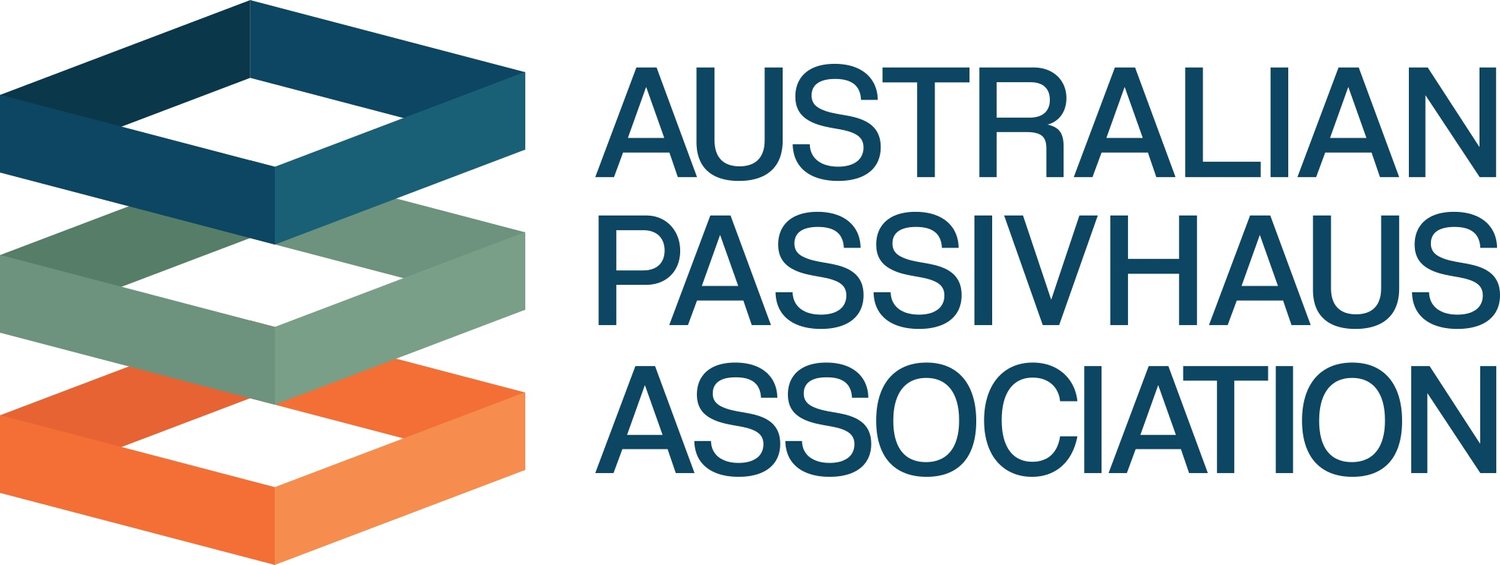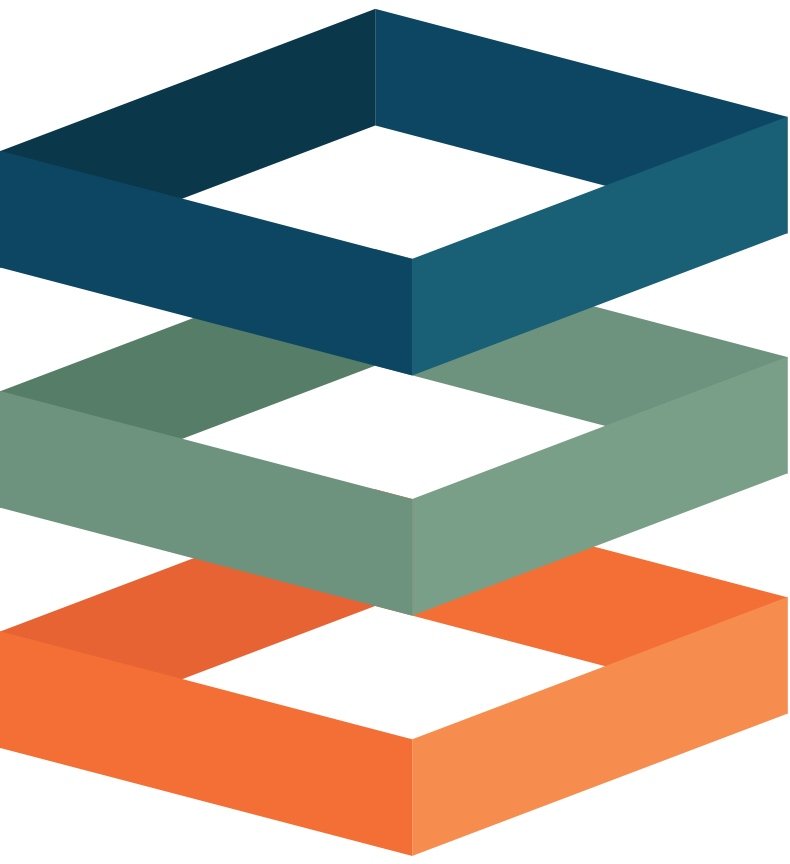ASBEC Media Release | 26 May 2020
ASBEC Media Release: Building Tomorrow’s Homes for the Post-COVID Economy
Tuesday 26 May 2020
The Australian Sustainable Built Environment Council (ASBEC) has called on Australian governments to build better homes and help Australia’s post-COVID economy.
Tomorrow’s Homes, a new platform released today, explains that with Australia’s population forecast to reach 41 million people by 2050, we’ll need to build up to 197,000 homes each year. At a time of economic uncertainty, building better performing homes can protect jobs, revitalise the economy, while saving $600 million on energy bills and creating healthier, more comfortable homes for Australians.
“Australia is already on a pathway to sustainable homes. Standards in our National Building Code are tightening up as we strive to improve energy efficiency and meet our international climate obligations. Accelerating this transition could deliver more than half a billion dollars for the construction industry over the next decade, while creating 7,000 jobs and saving Australians $600 million on their energy bills at a time when COVID-19 has damaged our economy.” said ASBEC’s President, Professor Ken Maher AO.
“Tomorrow’s Homes shows how investing in better design for our housing can deliver a double benefit. If implemented now, it can protect jobs and keep money flowing to sustain our economy. In the long term, it can lower energy bills, and reduce carbon emissions thus contributing to meeting Australia’s climate change obligations. Importantly this will keep Australians healthier and more comfortable.” Prof Maher continued.
“To be ready to reap the rewards of better buildings, we’ll need to upskill our construction industry – and we’ve got the perfect opportunity to do that right now. Industry professionals could use downtime from the COVID-19 crisis to skill up on the latest best practice features. A major pilot project constructing demonstration homes would assist in training our tradies, while also revealing the benefits of sustainable homes to consumers in a tangible way.” Prof Maher concluded.
“Research shows that, while consumers value the benefits of comfort and affordability provided by sustainable homes, they lack the technical language and know-how to ask for these features. We must highlight the features and benefits of sustainable homes in a way that makes sense to everyone.” said Suzanne Toumbourou, Executive Director of ASBEC.
“To help consumers talk about and understand the benefits of sustainable features, we should build awareness using brand ambassadors that consumers know and trust. We need to appeal to the aspirations of homeowners by marketing sustainable housing via online, magazine, and TV lifestyle content – and make sure it’s focused on entertainment and storytelling, not boring technicalities. At the same time, peer-to-peer support via social media will help consumers explain the benefits and the process of retrofitting to one another, growing momentum for better homes.” she continued.
“A system of certification would help consumers know they can trust the services and the products that make their homes sustainable. Benchmarking would establish clear standards, so consumers know exactly what they’re buying.” Suzanne explained.
“Finally, we need the financial tools to value sustainable homes. This means training valuers and the real estate industry to recognise and quantify the benefits of particular sustainable features. Incentives such as lower interest rates on mortgages for sustainable homes should be delivered through the finance industry.” Suzanne concluded.
The COVID-19 crisis means that business as usual is not an option for Australia’s construction sector. If we start laying the foundations to build Tomorrow’s Homes now, Australians can enjoy a revitalised post-COVID economy, healthier homes, and lower energy bills into the future.
Further information:
Tomorrow’s Homes
Growing the market for sustainable homes – Industry Roadmap
Download the full media release here.

